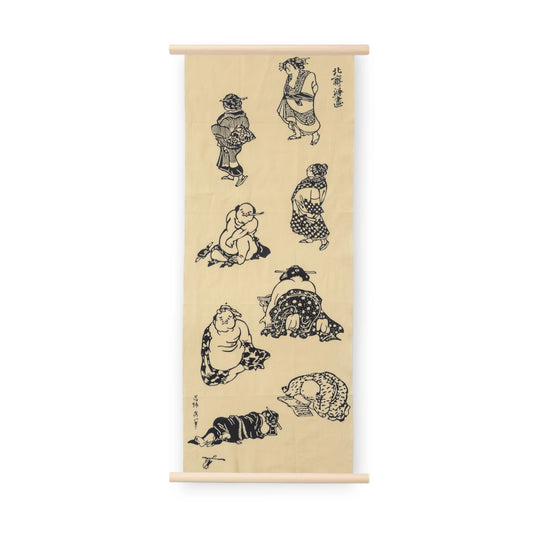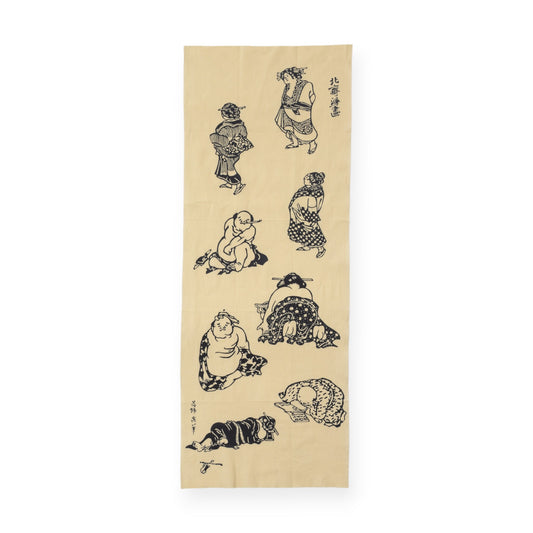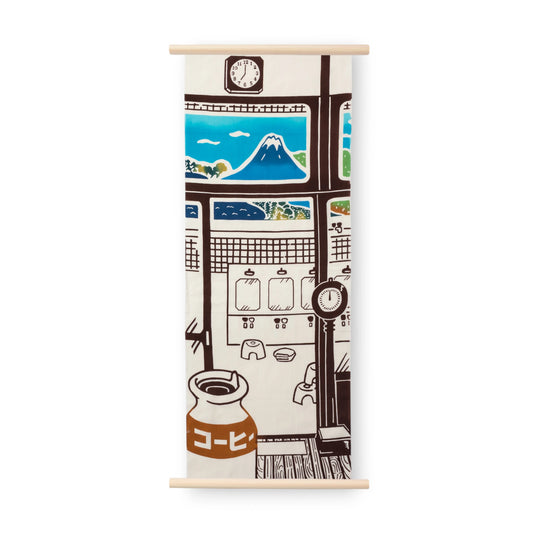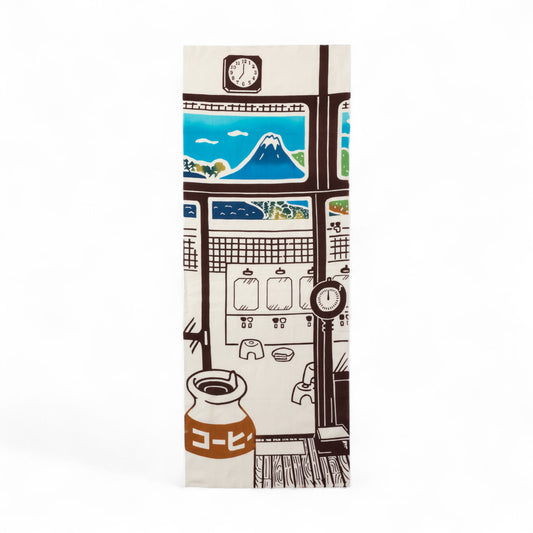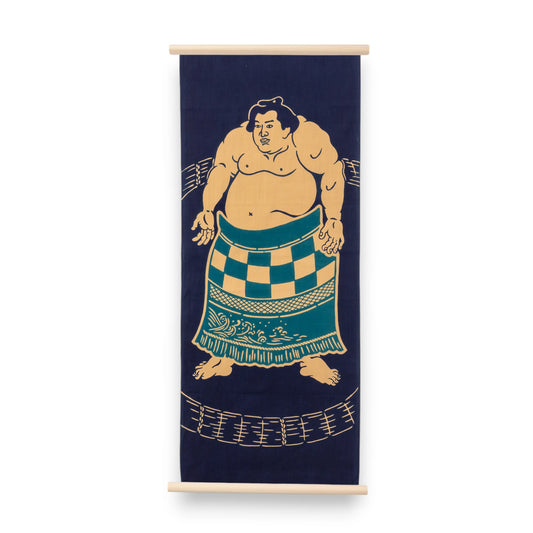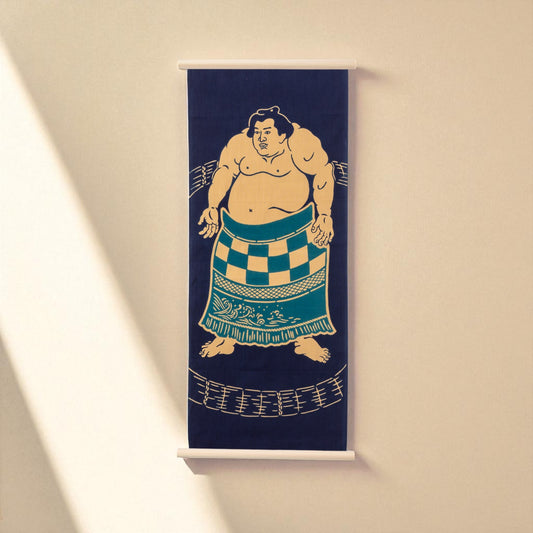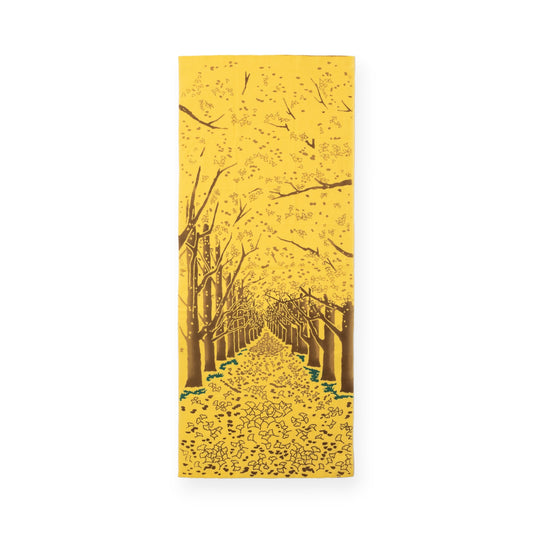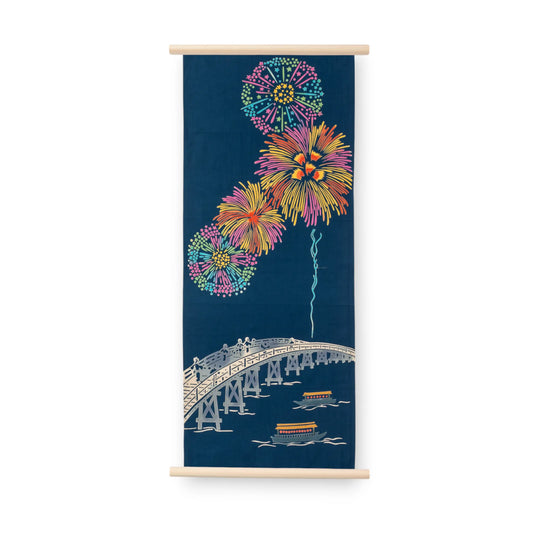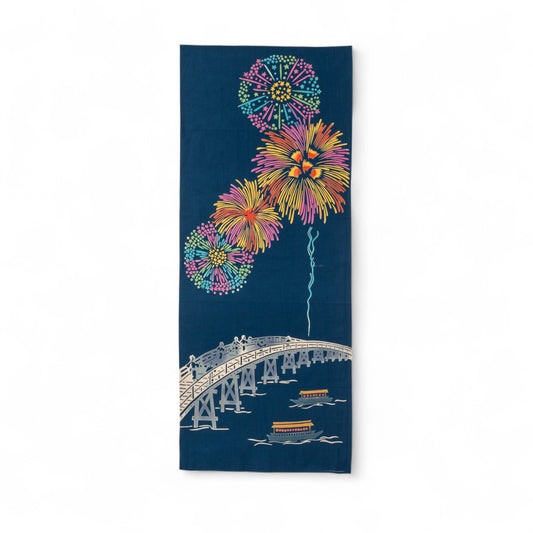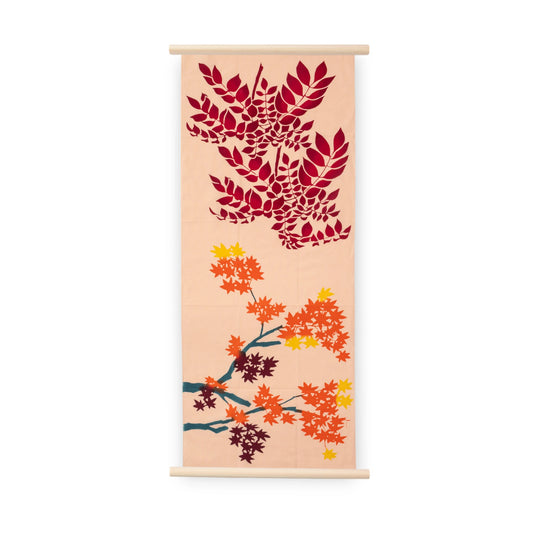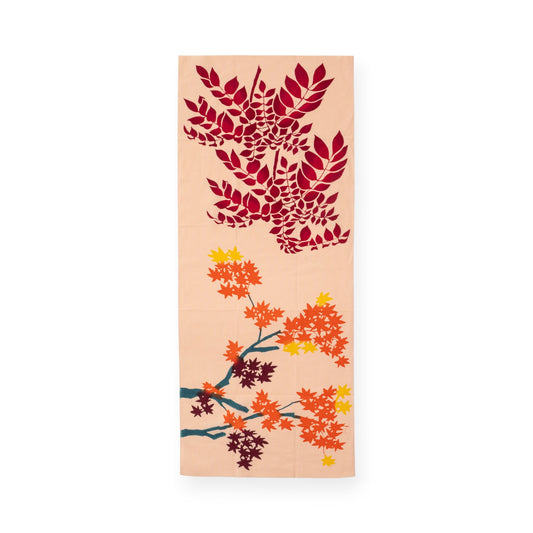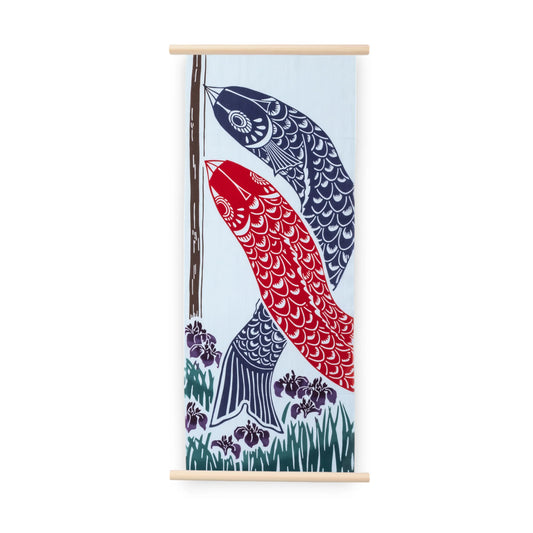Japan is a country of contrasts—where the old and the new don’t just coexist but blend in fascinating ways. When you think of Japan, your mind might jump between vastly different images: a serene tea ceremony and a towering Gundam statue, a centuries-old machiya townhouse and the latest Nintendo Switch game release, Edo-period art and the dazzling chaos of Shibuya Crossing. These juxtapositions define Japan, making it a place where tradition and innovation thrive side-by-side. But what truly sets Japan apart? Let’s explore the unique elements that shape its identity.
Let’s dive into some exciting categories and explore how certain items have evolved. We’ll compare their traditional forms to their modern counterparts, both of which continue to be enjoyed, used, and visited by people today.
Architecture
Japan’s architectural landscape is a striking reflection of its ability to balance heritage with innovation. Walk through any city, and you’ll find centuries-old temples or shrines standing beside sleek glass skyscrapers, or a traditional machiya townhouse tucked away near a bustling shopping district. This seamless blend of past and present isn’t just a visual contrast—it’s a testament to Japan’s ability to honor its history while seamlessly integrating it into modern life.
In this section, we’ll explore how Japanese architecture has evolved, comparing the timeless beauty of historical structures, a skyscraper of the past if you will with its modern counterpart.

The Tokyo Skytree
Located in the special Sumida ward, Tokyo, Japan, the Tokyo Skytree is a sight to behold even from miles away. An imposing behemoth of a presence, demands your attention as it towers over any other building surrounding it. A broadcasting and observatory tower in one, the Tokyo Skytree reaches a full height of 634 meters, making it the tallest tower in the world and the third tallest structure in the world. The Tokyo Skytree is designed to be earthquake-resistant, incorporating oil dampers and tuned mass dampers (TMD) that can absorb up to 50% of the energy generated by seismic activity. Given Japan’s frequent earthquakes, this advanced engineering is a crucial safety feature.
There are two observation decks: Tembo Deck at 350 meters and Tembo Galleria at 450 meters, the Tokyo Skytree offers a variety of unique views of the city. Incredibly the highest point of the tower you can access is The Sorakara Point, which can be accessed through the Galleria, standing at 451.2 meters above ground. The elevator high-speed elevator will take you from the ground level of the tower to the Tembo Deck in under a minute, with a speed of 600 meters per minute.
Learn more about the Tokyo Skytree.
Toji Temple
Even today, due to Kyoto’s building height restrictions, Toji Temple’s five-storied pagoda remains taller than many of the surrounding structures, creating a striking and beautiful sight. Originally built in the 9th century, the pagoda was unfortunately destroyed over time and had to be rebuilt several times during the Edo period under the direction of Iemitsu, the third Tokugawa Shogun. Standing at 54.8 meters tall, this iconic pagoda is located in the Minami ward, southwest of Kyoto Station, and continues to be a popular destination for tourists, offering a glimpse into Kyoto’s rich historical and architectural heritage.
Food
Food is a delicious cultural roadmap and a kind of time capsule that mirrors a lot of the changes and innovations that could be happening in a place during a period of time. A lot of knowledge can be gained through observing the culinary evolution through the ages. While there are some ancient cooking methods and regional specialties that have been preserved for centuries, modern twists and global influences have also shaped the way people enjoy food today. From traditionally handcrafted soba noodles made using time-honored techniques to modern dishes inspired by diverse cuisines, it's fascinating to see classic recipes coexist with contemporary culinary innovations.
Napolitan Pasta
Napolitan pasta is a beloved Japanese comfort food found in cafés and restaurants across the country. This dish features spaghetti-style pasta stir-fried with green bell peppers, onions, sausages, and mushrooms, all coated in a savory tomato ketchup-based sauce. It’s often served with a dash of Tabasco sauce for extra heat.
Invented in 1950 by Shigetada Irie, the head chef of Hotel New Grand in Yokohama, Napolitan was created using simple ingredients available during the post-World War II era. Inspired by American military rations, which included canned tomato sauce and pasta, Shigetada adapted the dish to suit Japanese tastes, giving birth to this uniquely local interpretation of spaghetti. Today, Napolitan can be customized with various toppings such as cheese, eggs, and even bacon, making it a versatile and nostalgic favorite for many.

Chanko Nabe
Chanko nabe, often referred to as "sumo wrestler’s stew," is a highly nutritious and protein-packed hot pot traditionally eaten by sumo wrestlers to help them gain and maintain their weight. This hearty dish is made with typically dashi-based rich broth, soy sauce, or miso, and is loaded with vegetables, and proteins like chicken, fish, tofu, and sometimes pork or beef. Unlike other Japanese hot pots, chanko nabe has no fixed recipe, allowing for various ingredients depending on personal preference or seasonality.
Chanko nabe is now enjoyed by people across Japan, especially during the colder months. A warm and steamy bowl of nutrient-rich ingredients helps replenish energy and keep the body warm, after battling the outside cold. Interestingly, many former sumo wrestlers open chanko nabe restaurants, making it a popular dining experience for those curious about sumo culture. Whether eaten as a comforting winter meal after a long and cold day or as a protein-rich dish for athletes, chanko nabe remains a beloved part of Japanese cuisine.
Toys
Japan has a rich history of toy-making, blending traditional craftsmanship with cutting-edge technology to create some of the world's most beloved entertainment outlets. From handcrafted kokeshi dolls to high-tech robotic pets, Japanese toys reflect both cultural heritage and modern creativity. Whether it’s the enduring popularity of gachapon capsule toys, the rise of collectible figures, or the latest advancements in interactive entertainment, Japan’s toy industry continues to evolve while staying deeply rooted in the joy of play. We will explore how toys in Japan have transformed over time, comparing nostalgic classics with their modern-day counterparts.

Nintendo Switch
The Nintendo Switch, released by Nintendo in 2017, started a revolutionary hybrid gaming console that combines both home and handheld play in one device. Its detachable Joy-Con controllers allow for two-player gaming right out of the box, with the option to connect additional controllers for multiplayer action. From racing games, and adventure games to sports-related games that promote physical activity, with over 12,000 games currently available, the Nintendo Switch offers endless entertainment for players of all types.
Today there are multiple Nintendo Switch controller models to choose from, learn more about Nintendo Switch.
Karuta
Karuta, is a traditional Japanese card game introduced by Portuguese traders in the 16th century. Much like the evolution of the game itself—blending foreign influences with Japanese tradition—Nintendo began its humble beginning as the producer of Hanafuda Karuta cards before reshaping the entertainment landscape.
The hanafuda, also known as flower cards, is a deck of 48 cards featuring floral designs that originated in the early 19th century. Unlike standard playing cards, which are divided into four suits, a hanafuda deck is divided into 12 suits, each representing a month of the year, with four cards per suit. Most hanafuda games are fishing-style games, where players aim to collect specific sets of cards.
Through decades of innovation and transformation in the home entertainment industry, Nintendo has remained steadfast in its philosophy of 'Creating smiles for generations.' Since its founding in 1889, the company has not merely adapted to change but has shaped the very landscape of play, seamlessly bridging tradition and modernity. Whether through its groundbreaking video games or the enduring legacy of Mario Bros-themed Hanafuda Karuta, Nintendo continues to redefine how we experience joy—proving that entertainment, at its core, is timeless.
It’s truly fascinating to see how the old and the new coexist side by side in today’s world, despite their vastly different histories. As we’ve seen throughout this exploration, these elements not only honor Japan’s rich past but also showcase the country’s constant evolution, blending tradition with innovation. From centuries-old crafts to cutting-edge technology, Japan’s unique ability to merge the past and present invites us to dive deeper into its multifaceted culture, where history and modernity live in harmony.




